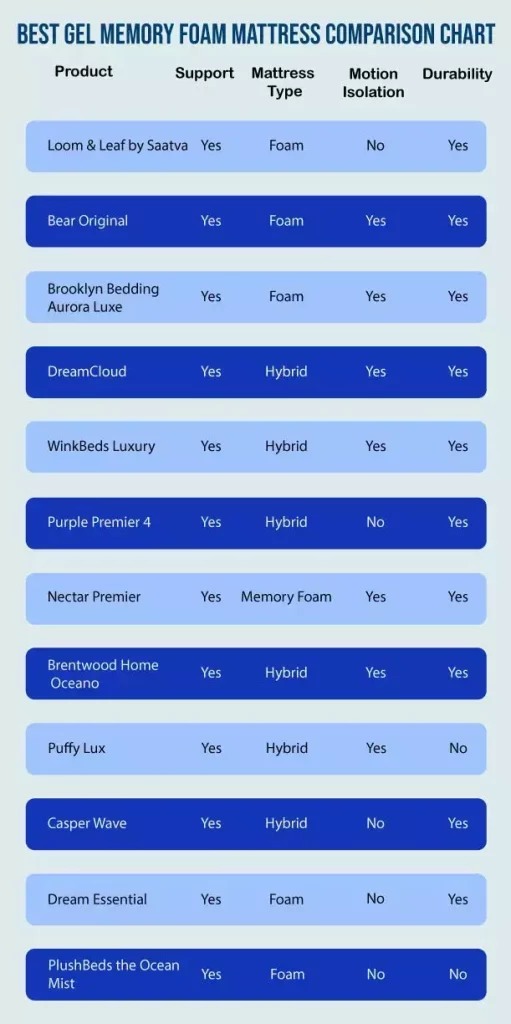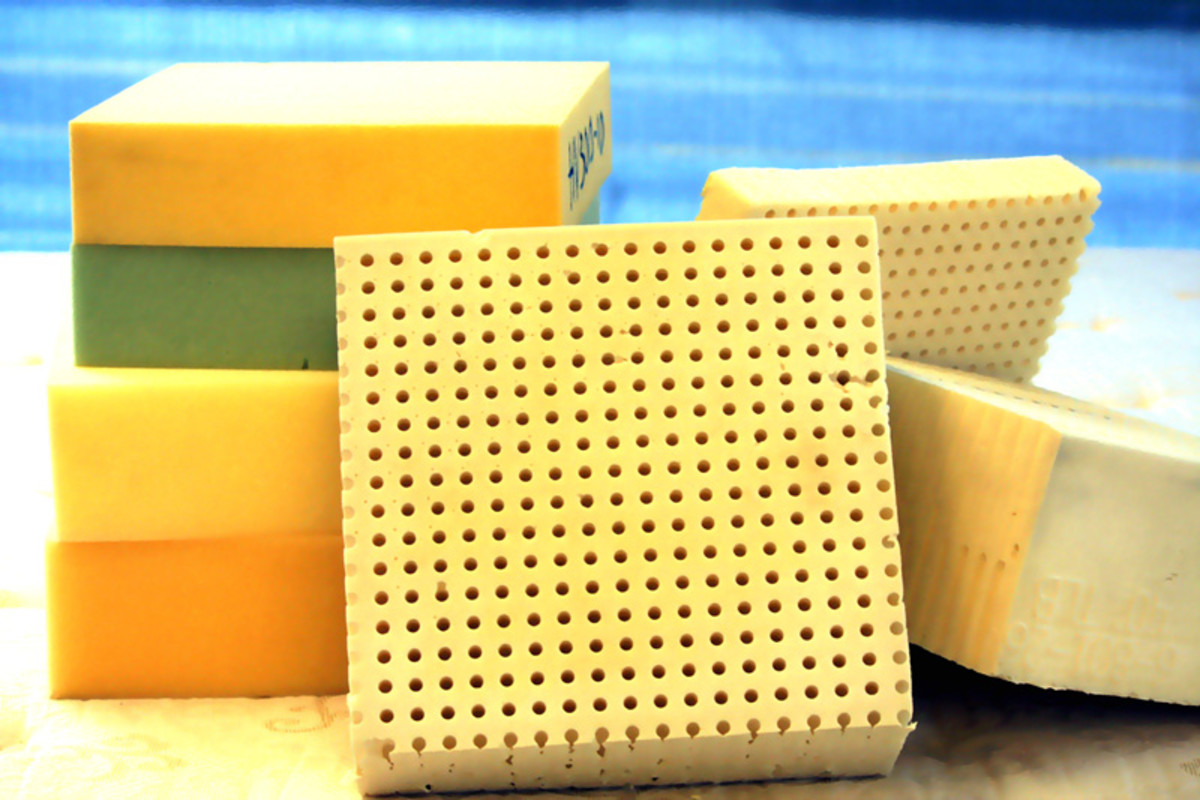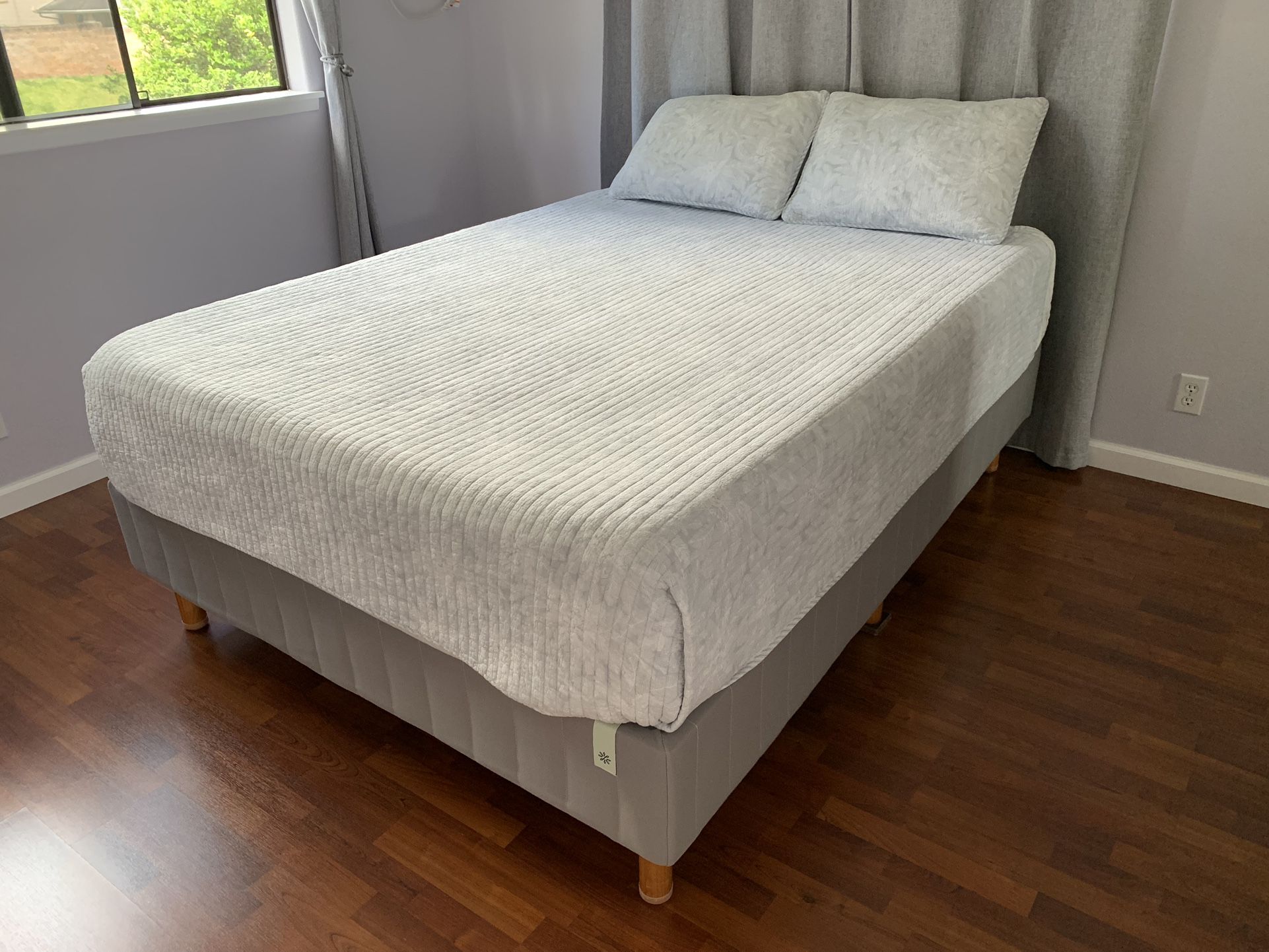Mildew on a memory foam mattress topper can be a frustrating and unpleasant problem. Not only does it look unsightly, but it can also cause health issues and affect the quality of your sleep. If you've noticed mildew on your memory foam mattress topper, don't panic. With the right knowledge and tools, you can easily prevent and treat mildew growth on your mattress topper.Mildew on Memory Foam Mattress Topper: Prevention and Treatment Tips
If you've spotted mildew on your memory foam mattress topper, the first step is to remove it as soon as possible. Leaving mildew to grow can cause it to spread and become more difficult to remove. To remove mildew from your memory foam mattress topper, you'll need a few household items and some patience. Step 1: Mix a Solution In a spray bottle, mix a solution of equal parts water and white vinegar. The acidity of vinegar helps to kill mildew spores and prevent future growth. Step 2: Spray the Affected Area Using the spray bottle, lightly mist the affected area of your mattress topper with the vinegar solution. Be careful not to saturate the foam, as this can cause damage. Step 3: Allow to Sit Let the vinegar solution sit on the mildew for 10-15 minutes to give it time to work its magic. Step 4: Scrub with a Soft Brush Using a soft-bristled brush, gently scrub the mildew in a circular motion. Be sure to be gentle to avoid damaging the foam. Step 5: Rinse and Dry Rinse the area with clean water and use a clean towel to blot up any excess moisture. Then, allow the mattress topper to air dry completely before putting it back on your bed.How to Remove Mildew from Memory Foam Mattress Toppers
Regular cleaning and maintenance can help prevent mildew growth on your memory foam mattress topper. Here are some tips for keeping your mattress topper clean and fresh: - Vacuum Regularly: Vacuuming your mattress topper every few weeks can help remove any dirt, dust, or dead skin cells that can contribute to mildew growth. - Spot Clean Stains: If you notice any stains on your mattress topper, spot clean them immediately using a gentle solution of water and mild detergent. Be sure to thoroughly rinse and dry the area afterwards. - Use a Mattress Protector: A waterproof mattress protector can help prevent spills and stains from reaching your mattress topper, making it easier to clean and maintain.Best Ways to Clean and Maintain Your Memory Foam Mattress Topper
Mildew growth often comes with an unpleasant musty smell. To get rid of this odor, try these tips: - Sprinkle Baking Soda: Baking soda is a natural deodorizer and can help absorb any smells from your mattress topper. Sprinkle a thin layer over the affected area, let it sit for a few hours, and then vacuum it up. - Use Essential Oils: Essential oils, such as tea tree or lavender, have antimicrobial properties that can help eliminate mildew and its odor. Mix a few drops with water in a spray bottle and lightly mist your mattress topper. - Air Out Your Mattress Topper: If possible, take your mattress topper outside and let it air out in the sun. Sunlight can help kill mildew spores and freshen up your mattress topper.How to Get Rid of Mildew Smell on Memory Foam Mattress Toppers
If you prefer to use natural remedies for cleaning, here are some options that can help remove mildew from your memory foam mattress topper: - White Vinegar: As mentioned before, white vinegar has natural antimicrobial properties that can help kill mildew and prevent its growth. - Lemon Juice: The acidity in lemon juice can also help kill mildew. Mix equal parts lemon juice and water in a spray bottle and use it to clean your mattress topper. - Hydrogen Peroxide: Hydrogen peroxide is a natural disinfectant that can help kill mildew. Mix equal parts hydrogen peroxide and water in a spray bottle and use it to clean your mattress topper.Natural Remedies for Removing Mildew from Memory Foam Mattress Toppers
The best way to deal with mildew on your memory foam mattress topper is to prevent it from growing in the first place. Here are some tips to help prevent mildew growth: - Keep Your Bedroom Well-Ventilated: Proper ventilation can help prevent moisture buildup, which is a breeding ground for mildew. Open windows and use a fan to circulate air in your bedroom. - Avoid Overly Damp Conditions: If you live in a humid climate, consider using a dehumidifier to reduce moisture in the air. - Don't Overwater Your Plants: If you have plants in your bedroom, be careful not to overwater them. Excess water can lead to damp conditions that are ideal for mildew growth.How to Prevent Mildew Growth on Memory Foam Mattress Toppers
One of the key factors in preventing mildew growth is ensuring your mattress topper is properly dried. After cleaning your mattress topper, be sure to allow it to air dry completely before putting it back on your bed. You can also use a fan to speed up the drying process.The Importance of Properly Drying Your Memory Foam Mattress Topper
Mildew and mold are both types of fungi that thrive in moist environments. While they may look similar, there are some key differences between them: - Appearance: Mildew typically appears as a powdery, white or gray substance, while mold is usually green or black and has a fuzzy or slimy appearance. - Smell: Mildew has a musty odor, while mold has a distinct earthy or damp smell. - Growth: Mildew is a surface fungus and can be easily removed, while mold penetrates deeper and can cause structural damage if left untreated. To identify mildew or mold on your memory foam mattress topper, look for any visible signs, such as discoloration or spots, and pay attention to any musty or earthy smells.Mildew vs Mold: What's the Difference and How to Identify Them on Your Memory Foam Mattress Topper
If you're not planning on using your memory foam mattress topper for an extended period, it's essential to store it properly to prevent mildew growth. Here are some tips for storing your mattress topper: - Clean and Dry: Before storing your mattress topper, be sure to clean and dry it thoroughly. - Use a Storage Bag: Airtight storage bags can help protect your mattress topper from moisture and dust while in storage. - Avoid Damp Areas: Store your mattress topper in a cool, dry place to prevent mildew growth.How to Store Your Memory Foam Mattress Topper to Avoid Mildew Growth
Understanding the common causes of mildew growth on memory foam mattress toppers can help you prevent it from happening in the future. Here are some potential causes and how to address them: - Moisture: As mentioned before, moisture is a significant contributor to mildew growth. Be sure to keep your bedroom well-ventilated and avoid overwatering plants. - Spills and Stains: If you spill something on your mattress topper, be sure to clean it up immediately to prevent moisture buildup. - Improper Drying: If your mattress topper doesn't dry completely after cleaning, it can lead to mildew growth. Use a fan or allow it to air dry completely before putting it back on your bed. - Lack of Maintenance: Regular cleaning and maintenance can help prevent mildew growth on your mattress topper. Be sure to vacuum it regularly and address any stains or spills promptly.Common Causes of Mildew on Memory Foam Mattress Toppers and How to Address Them
Mildew on Memory Foam Mattress Topper: Causes and Solutions

What is Mildew?
 Mildew is a type of fungus that thrives in damp and humid environments. It is often characterized by a white or gray powdery substance that appears on surfaces such as walls, fabrics, and even mattresses. While mildew may seem harmless, it can cause serious health problems if left untreated.
Mildew is a type of fungus that thrives in damp and humid environments. It is often characterized by a white or gray powdery substance that appears on surfaces such as walls, fabrics, and even mattresses. While mildew may seem harmless, it can cause serious health problems if left untreated.
Causes of Mildew on Memory Foam Mattress Topper
 Memory foam mattress toppers are becoming increasingly popular due to their ability to provide comfort and support for a better night's sleep. However, these toppers are also prone to developing mildew due to their dense and moisture-absorbing nature. This is especially true in humid climates or if the topper is exposed to moisture from spills or excessive sweating.
Another common cause of mildew on memory foam mattress toppers is poor ventilation. When the topper is placed on a mattress without proper air circulation, moisture can get trapped and create the perfect breeding ground for mildew.
Memory foam mattress toppers are becoming increasingly popular due to their ability to provide comfort and support for a better night's sleep. However, these toppers are also prone to developing mildew due to their dense and moisture-absorbing nature. This is especially true in humid climates or if the topper is exposed to moisture from spills or excessive sweating.
Another common cause of mildew on memory foam mattress toppers is poor ventilation. When the topper is placed on a mattress without proper air circulation, moisture can get trapped and create the perfect breeding ground for mildew.
Solutions for Mildew on Memory Foam Mattress Topper
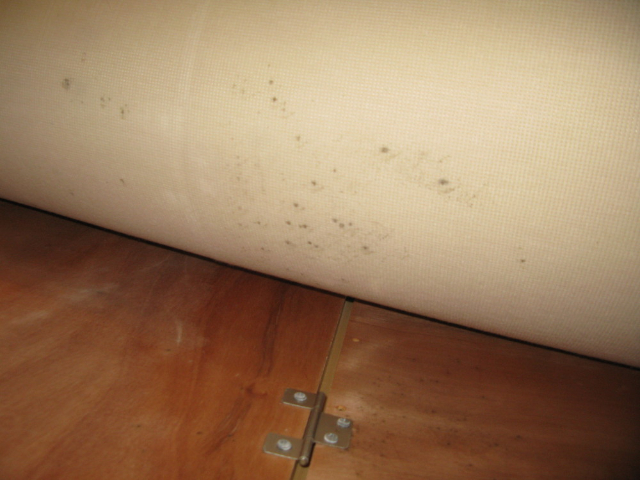 If you have discovered mildew on your memory foam mattress topper, it is important to take action immediately. The longer it is left untreated, the more difficult it will be to remove and the higher the risk of health issues. Here are some solutions to consider:
1. Clean with Vinegar Solution
One of the most effective and natural ways to remove mildew is by using a vinegar solution. Mix equal parts of white vinegar and water, and lightly spray the affected area. Let it sit for 15-20 minutes before wiping it off with a clean cloth. The acidity of vinegar helps to kill the mildew and prevent it from coming back.
2. Use a Mildew-Resistant Mattress Topper
If you live in a humid climate or tend to sweat a lot while sleeping, consider investing in a mildew-resistant mattress topper. These toppers are specially designed to repel moisture and prevent the growth of mildew, keeping your sleeping surface clean and hygienic.
3. Increase Ventilation
Improving ventilation in your bedroom can also help prevent mildew growth on your mattress topper. This can be done by opening windows, using a dehumidifier, or investing in a breathable mattress cover.
If you have discovered mildew on your memory foam mattress topper, it is important to take action immediately. The longer it is left untreated, the more difficult it will be to remove and the higher the risk of health issues. Here are some solutions to consider:
1. Clean with Vinegar Solution
One of the most effective and natural ways to remove mildew is by using a vinegar solution. Mix equal parts of white vinegar and water, and lightly spray the affected area. Let it sit for 15-20 minutes before wiping it off with a clean cloth. The acidity of vinegar helps to kill the mildew and prevent it from coming back.
2. Use a Mildew-Resistant Mattress Topper
If you live in a humid climate or tend to sweat a lot while sleeping, consider investing in a mildew-resistant mattress topper. These toppers are specially designed to repel moisture and prevent the growth of mildew, keeping your sleeping surface clean and hygienic.
3. Increase Ventilation
Improving ventilation in your bedroom can also help prevent mildew growth on your mattress topper. This can be done by opening windows, using a dehumidifier, or investing in a breathable mattress cover.
Conclusion
 Mildew on memory foam mattress toppers can be a nuisance, but with the right solutions, it can be easily remedied. By understanding the causes and taking preventative measures, you can ensure a clean and healthy sleeping environment for yourself and your family. Remember to regularly clean and maintain your mattress topper to avoid any future mildew growth.
Mildew on memory foam mattress toppers can be a nuisance, but with the right solutions, it can be easily remedied. By understanding the causes and taking preventative measures, you can ensure a clean and healthy sleeping environment for yourself and your family. Remember to regularly clean and maintain your mattress topper to avoid any future mildew growth.



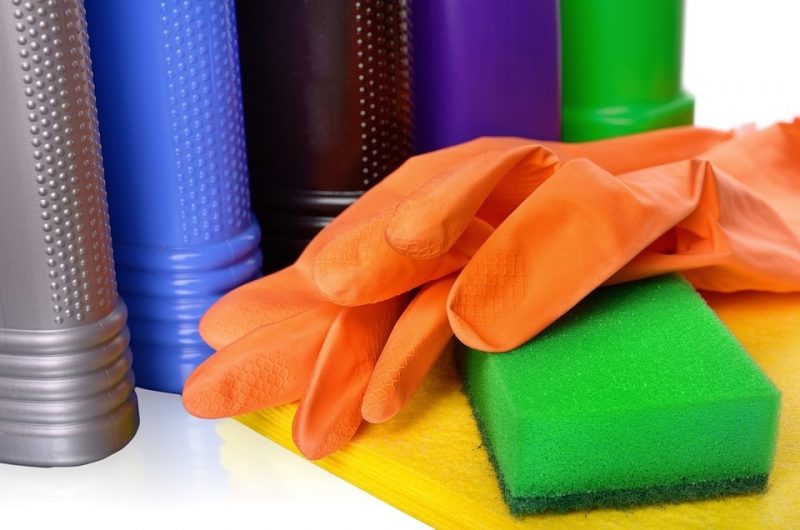
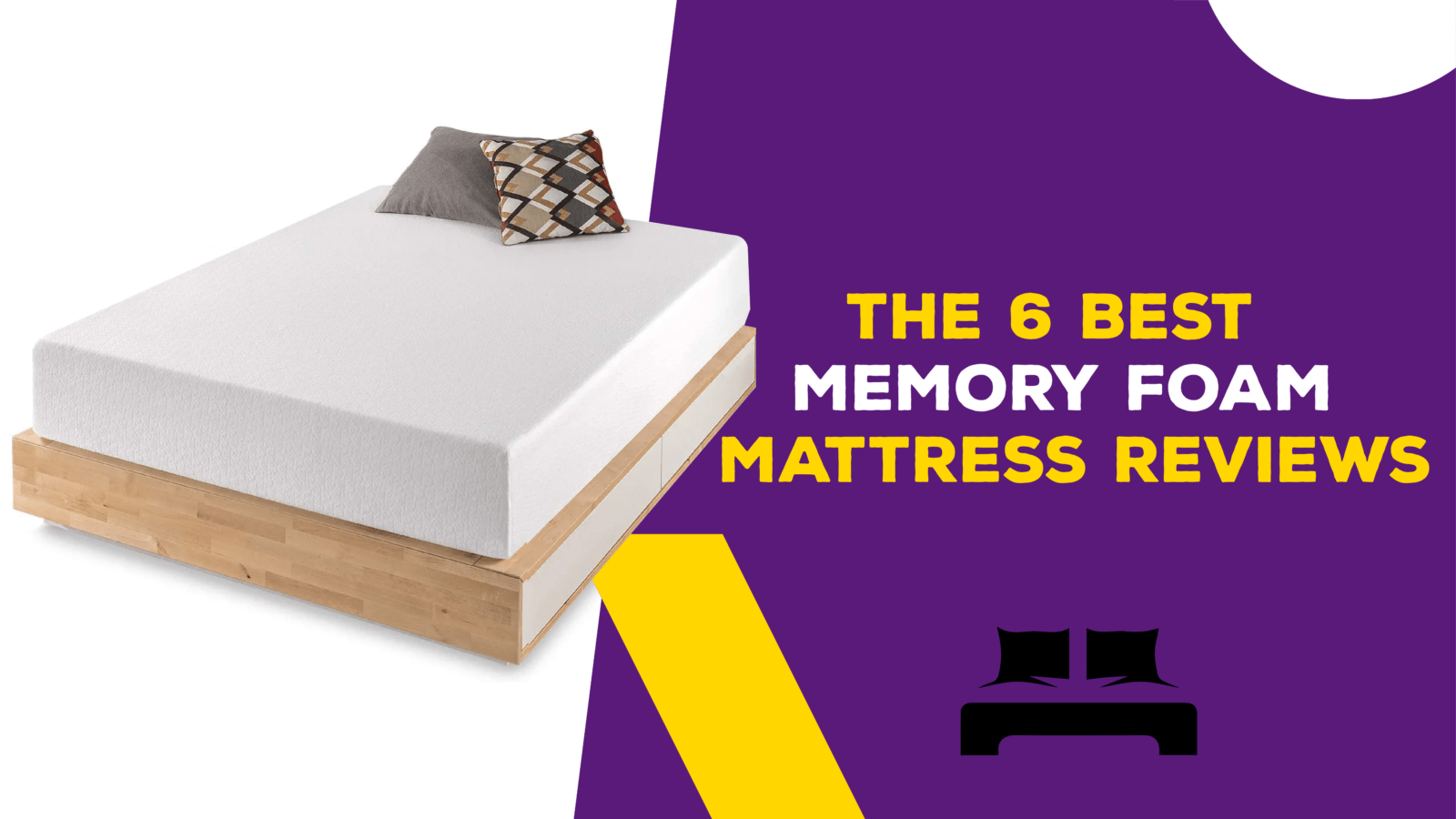

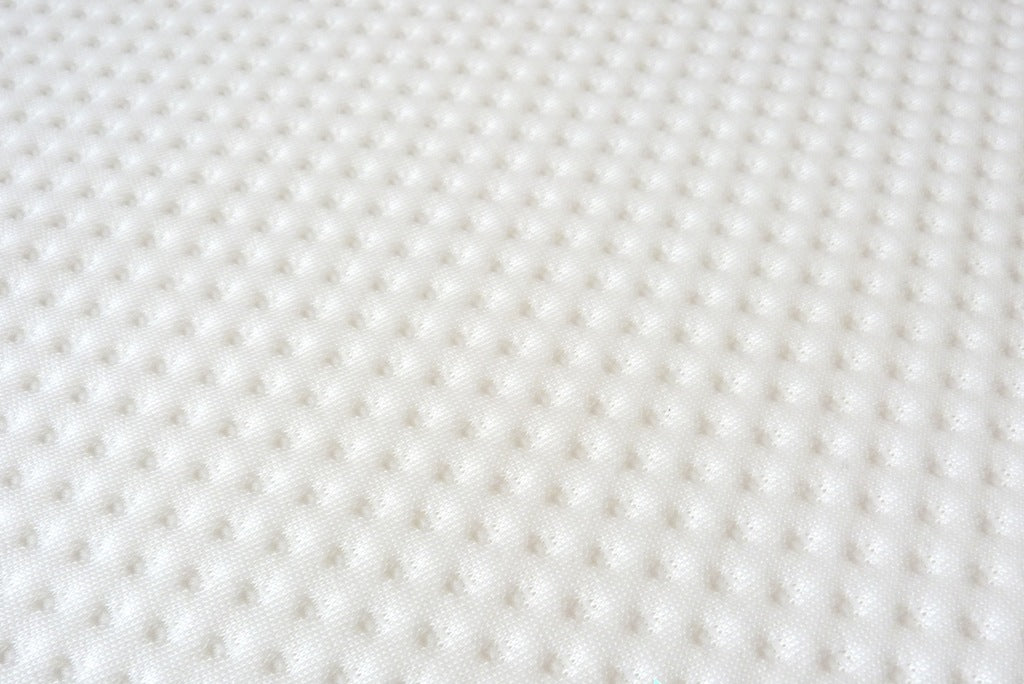
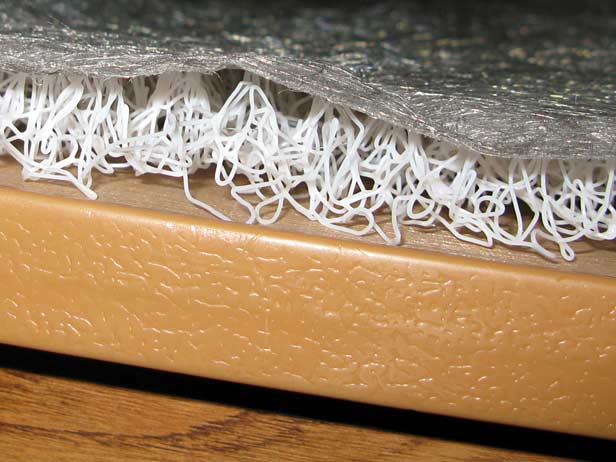




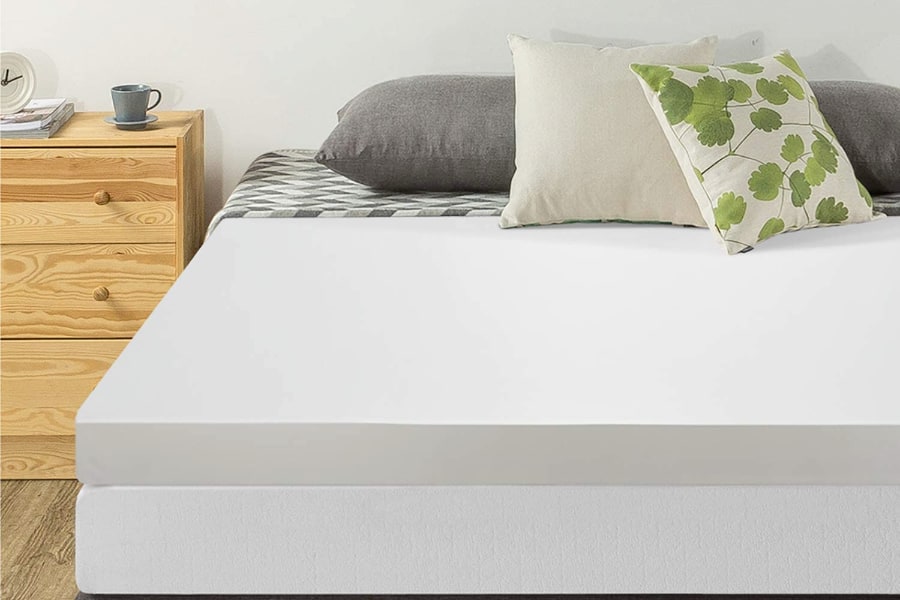








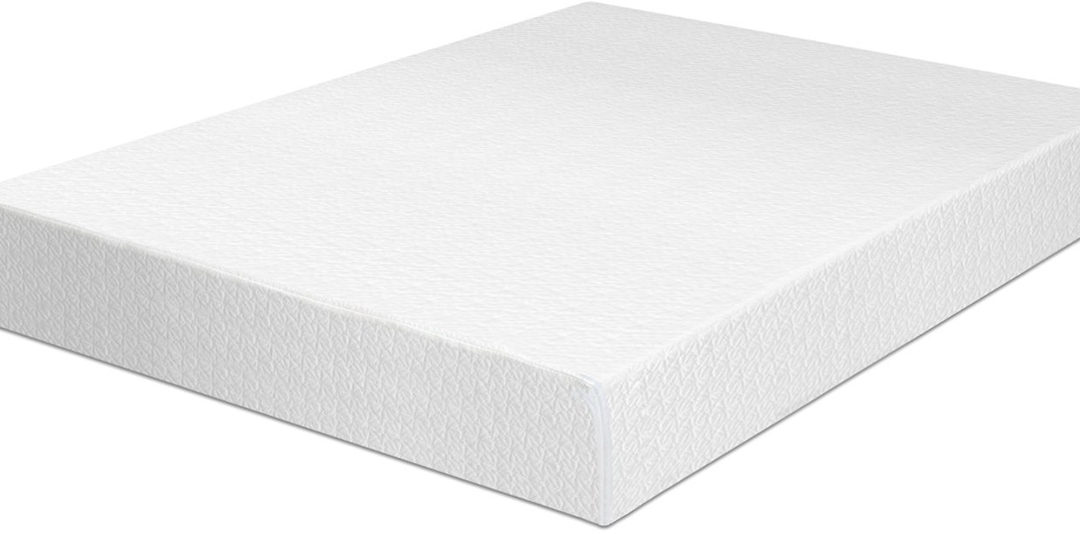

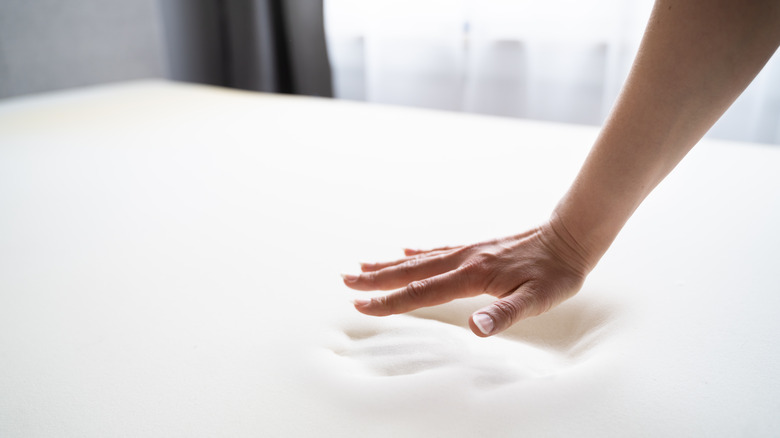
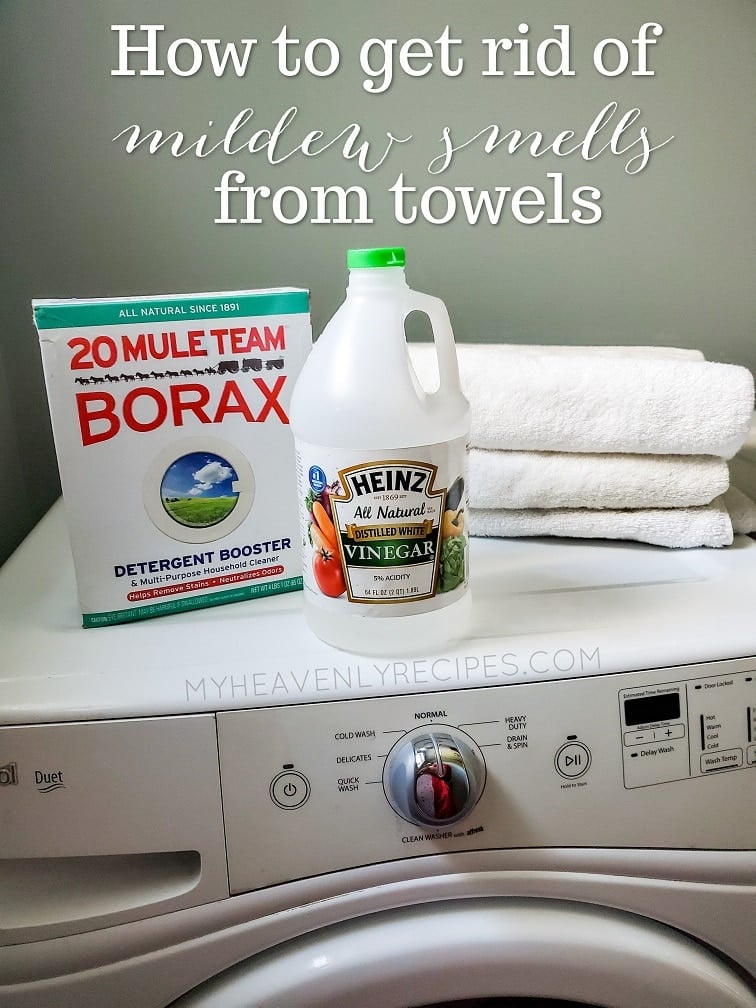


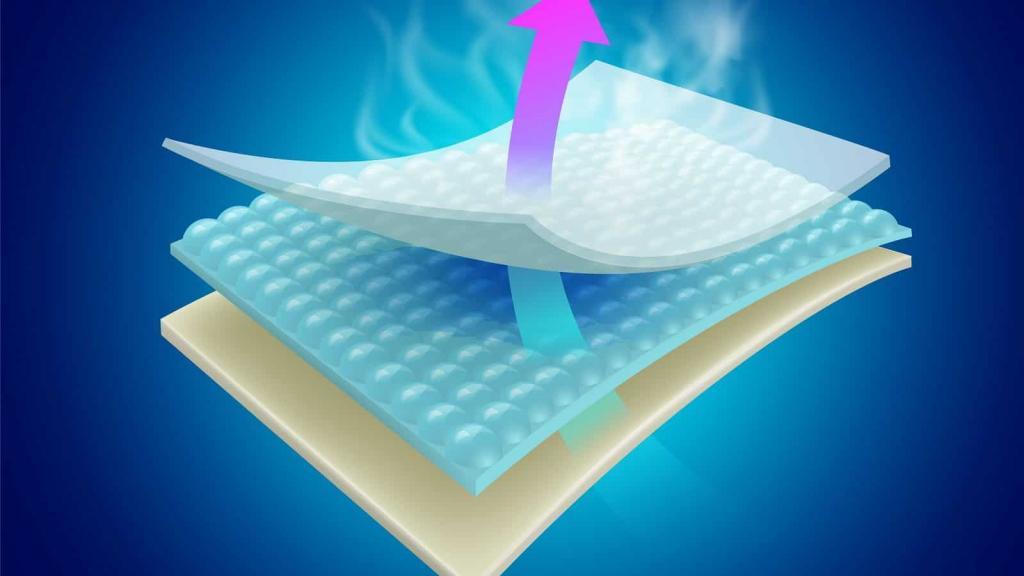

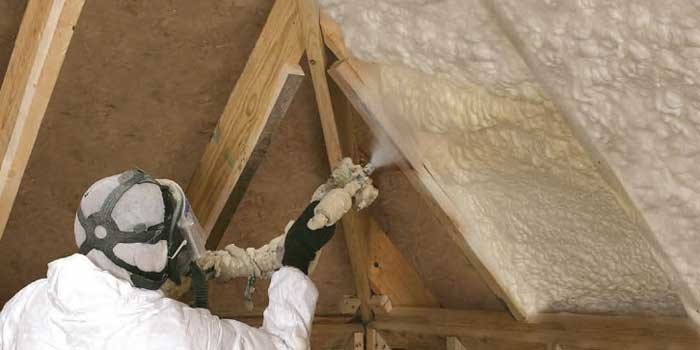


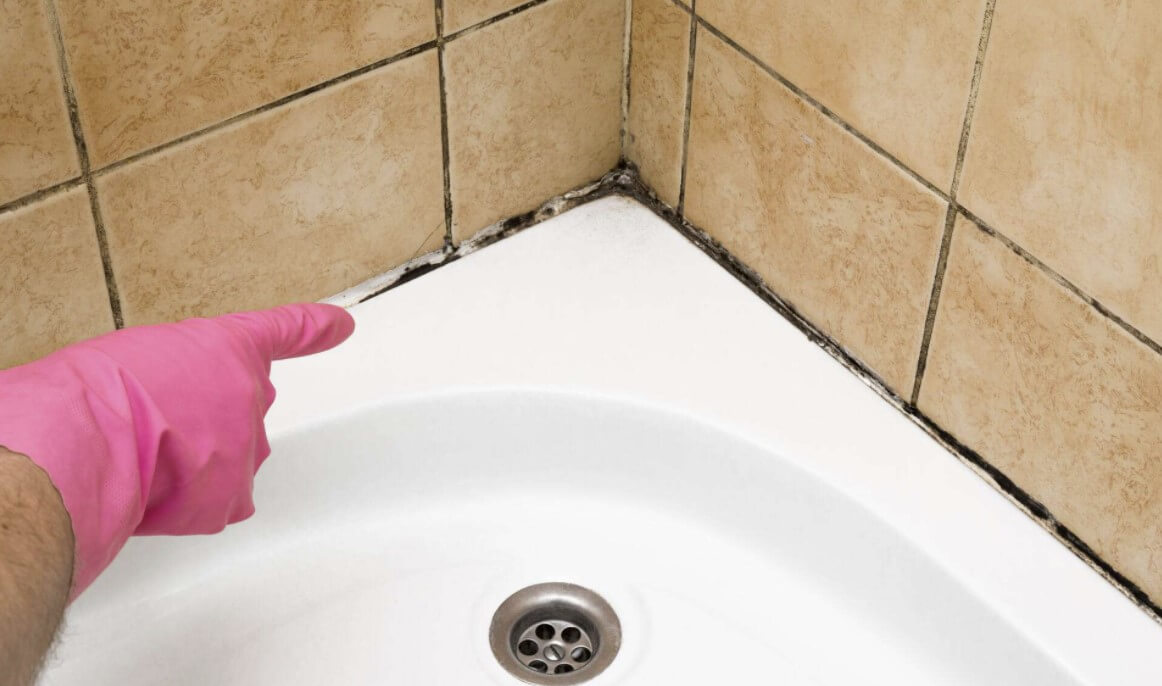

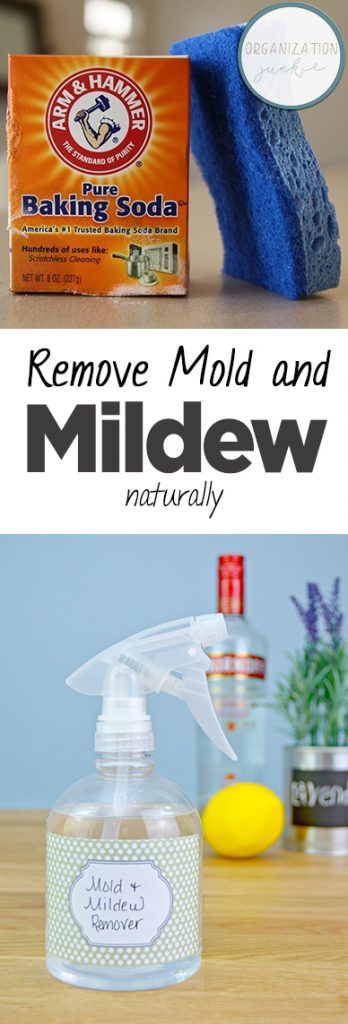
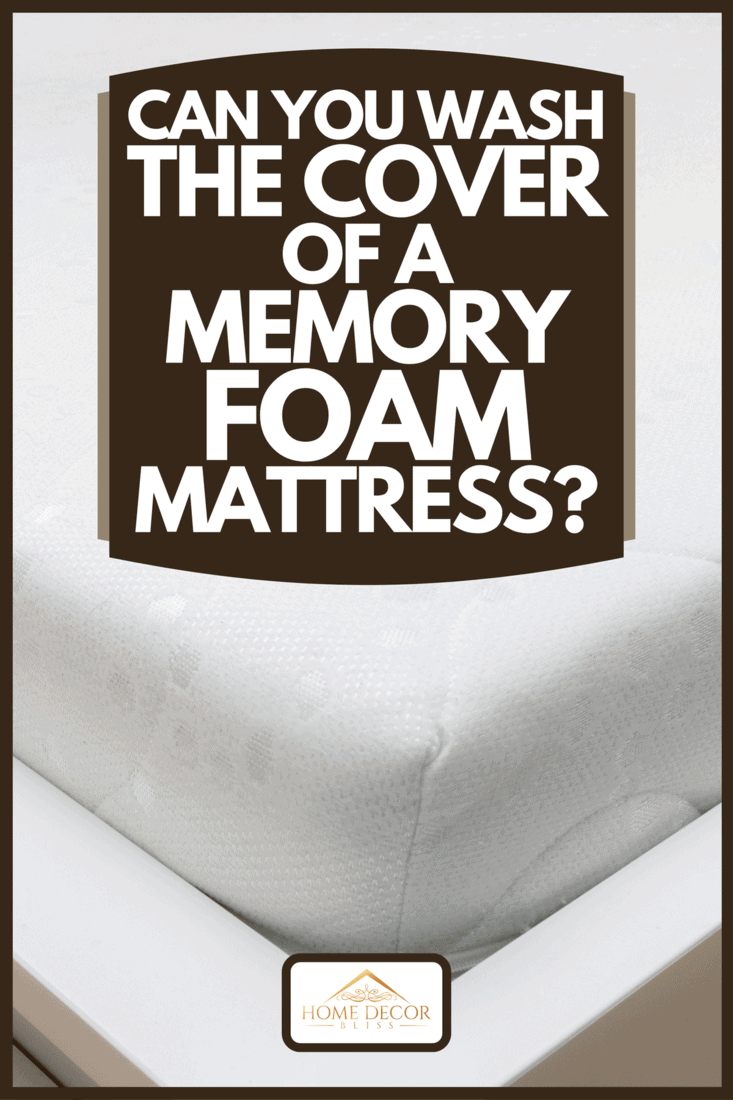




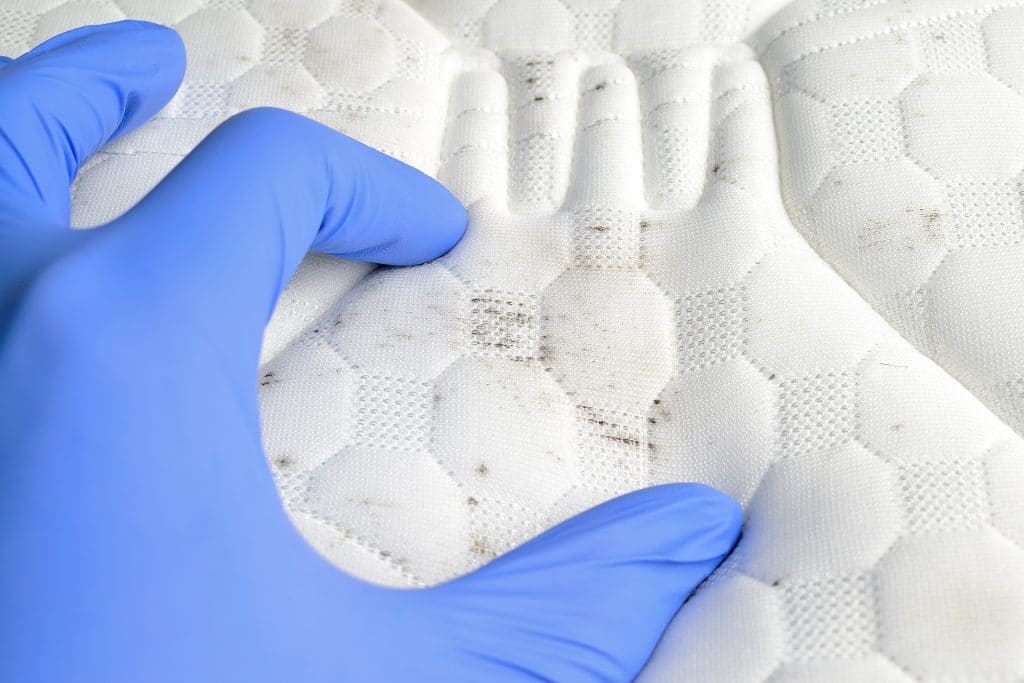







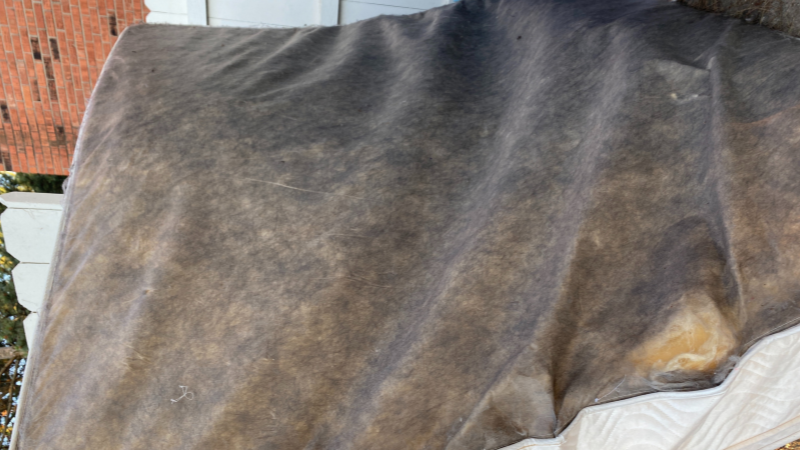
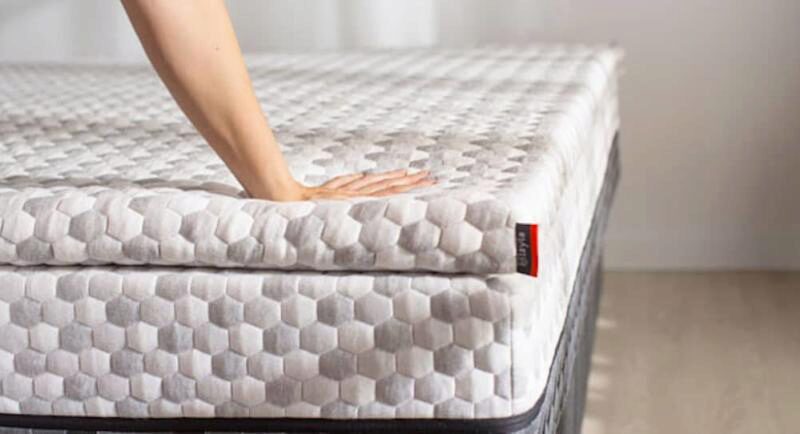
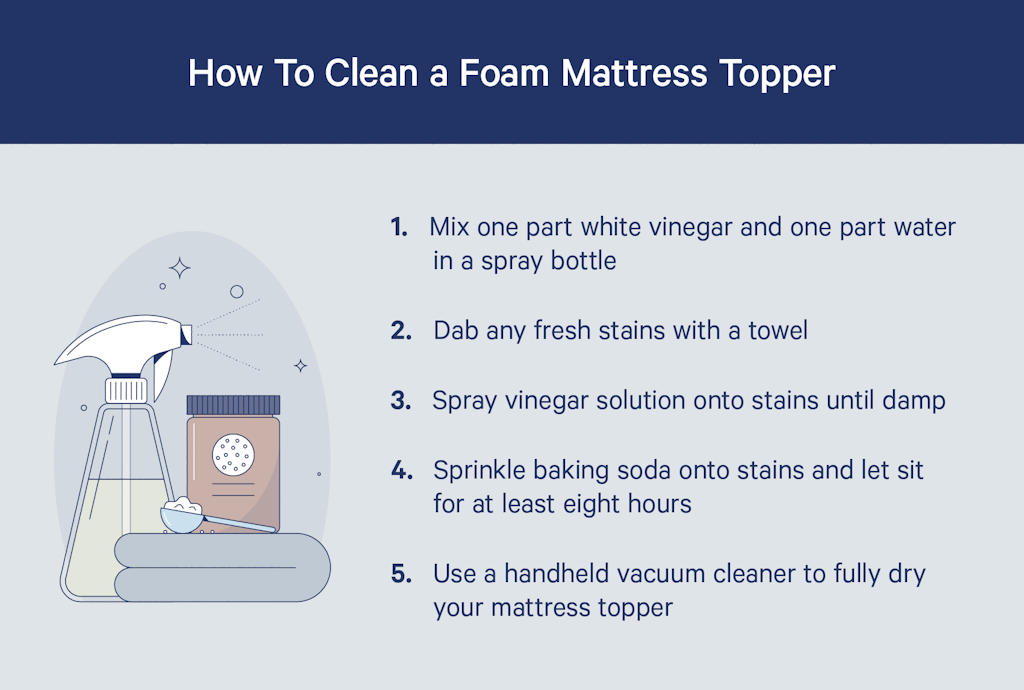



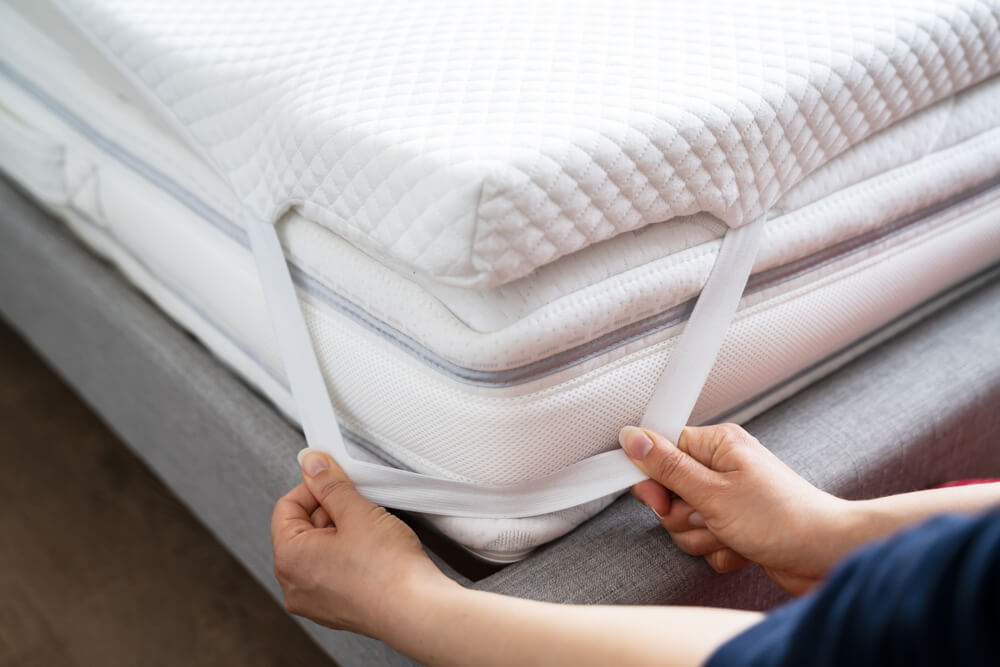




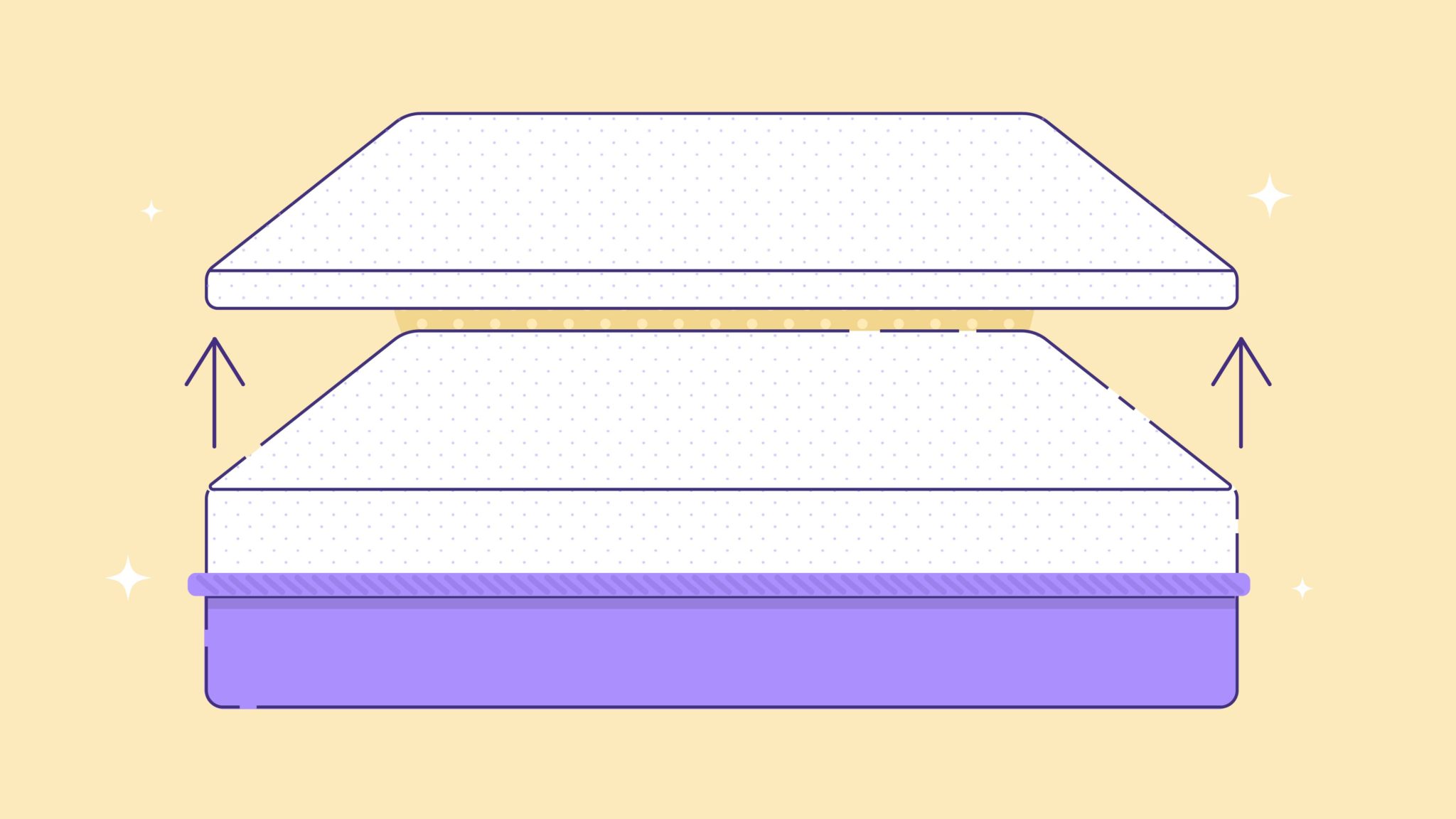



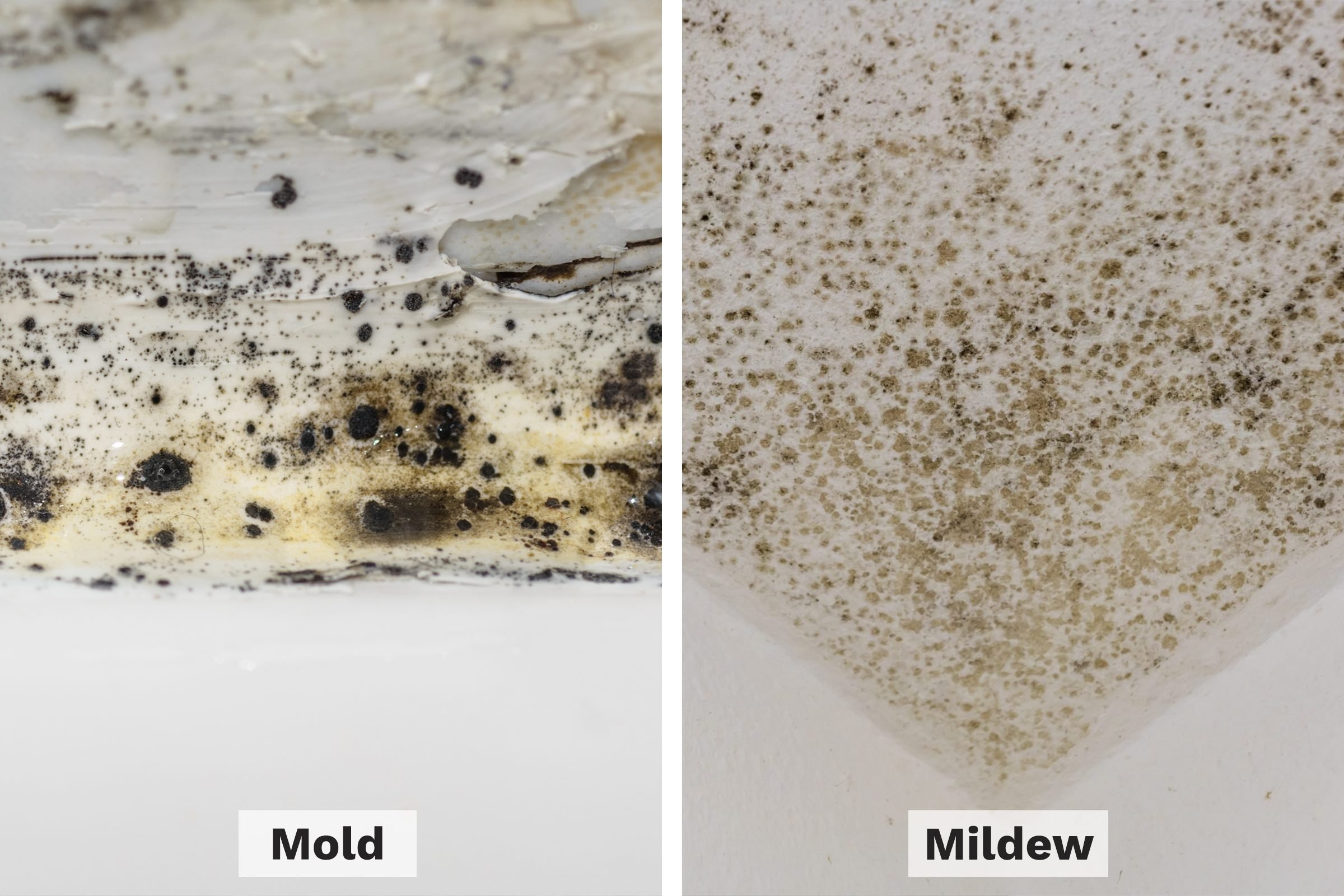
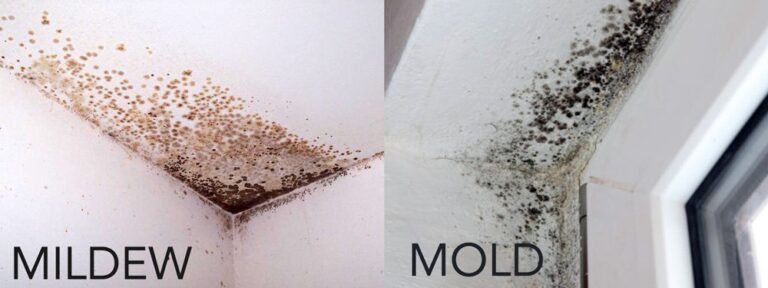

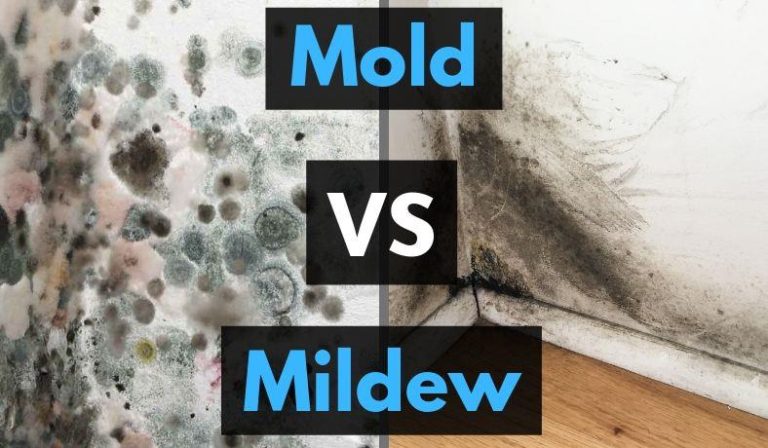
:max_bytes(150000):strip_icc()/identifying-mold-vs-mildew-4799138-final-4266e4b3d84c4401a7c1d8b6835dcc97.png)










